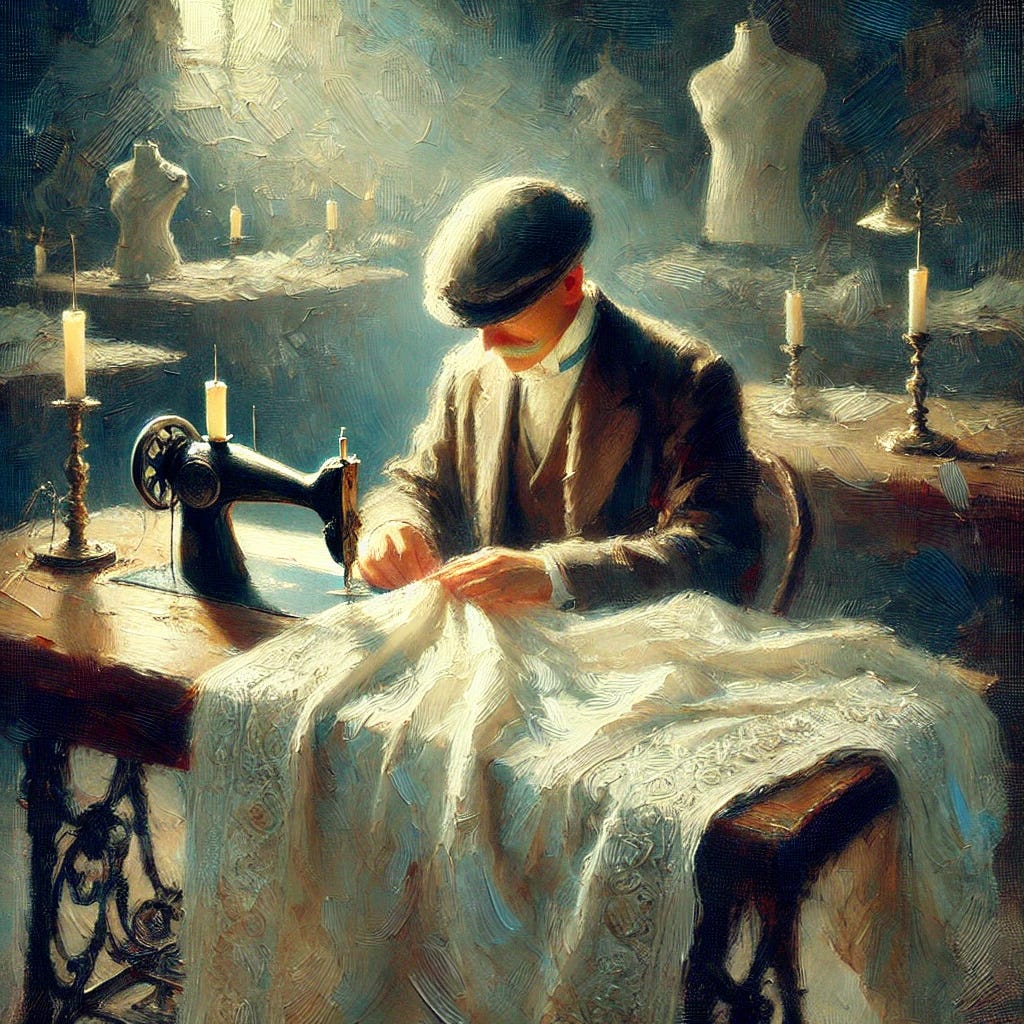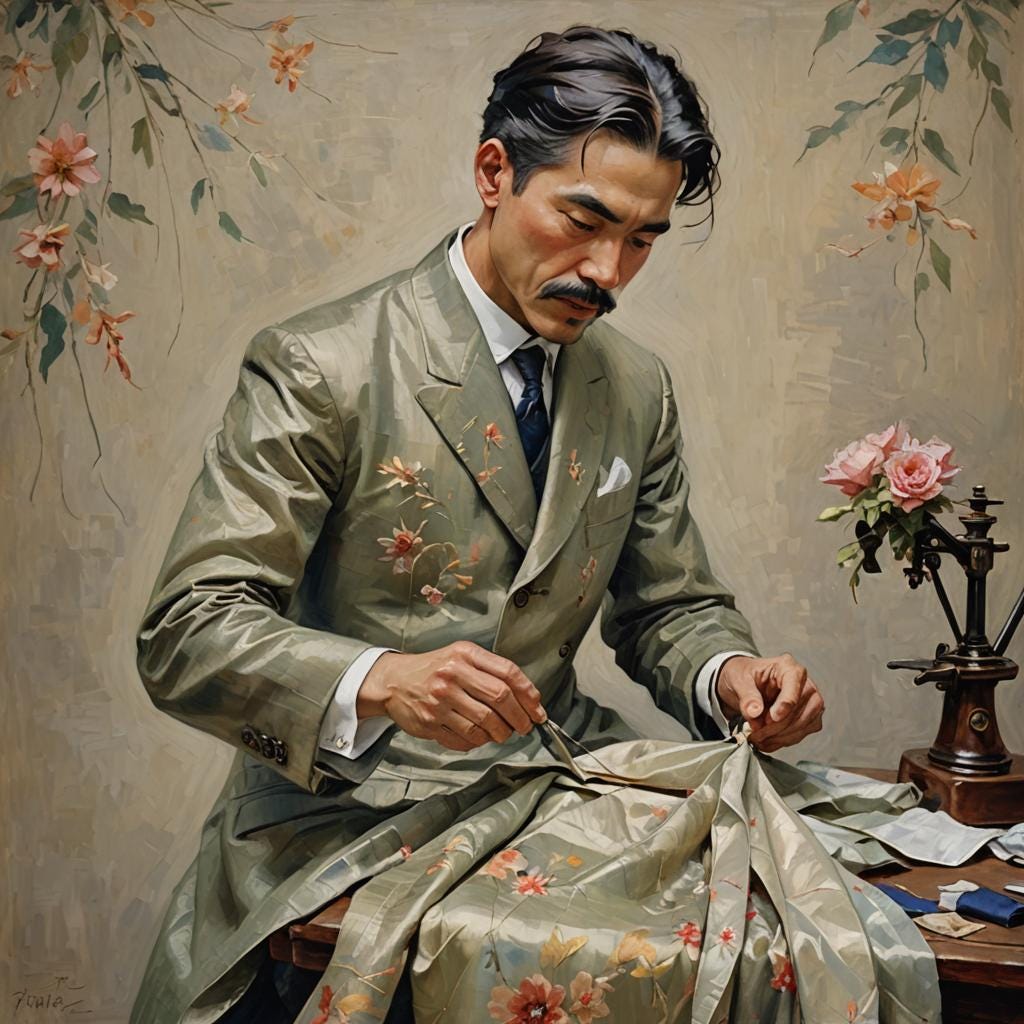
When it comes to styling websites, CSS is like the trusty bicycle you learned to ride as a kid — it works, it’s straightforward, and it gets the job done. SCSS, on the other hand, is like upgrading to an e-bike with turbo mode — it’s still a bike, but wow, does it make the ride smoother and more fun. Let’s dive into what makes SCSS the supercharged sibling of CSS.
CSS: The Classic
CSS (Cascading Style Sheets) has been around forever (well, since 1996, which is ancient in web years). It’s the bread and butter of web design, controlling layout, colors, fonts, and just about everything you see on a website.
What Makes CSS Great?
- Simplicity: CSS is straightforward — write a selector, add a property, and voilà!
- Universal Support: Every browser on the planet knows CSS, even the ones you wish didn’t exist (looking at you, IE).
- Lightweight: Pure CSS is lean and quick to load, perfect for performance purists.
But let’s face it: CSS can get messy. The bigger your project, the more tangled your stylesheet becomes. It’s like Christmas lights — easy to set up, but a nightmare to untangle later.
SCSS: The Glow-Up

SCSS (Sassy CSS) is a preprocessor for CSS. Think of it as the fancy chef who preps your ingredients before cooking. It takes your SCSS code, compiles it, and spits out plain CSS that browsers can understand.
Why SCSS is a Game-Changer
Variables: Reusable, customizable, and life-saving. Instead of typing #FF5733 for the 47th time, you can define $primary-color: #FF5733; and call it a day.
$primary-color: #FF5733;
body {
background-color: $primary-color;
}
Nesting: No more writing long-winded selectors! SCSS lets you nest child elements directly under their parent, keeping your code clean and logical.
nav {
ul {
li {
a {
color: blue;
}
}
}
}
Mixins: Reusable chunks of code. Need a button style? Write it once, reuse it everywhere.
@mixin button-styles {
padding: 10px;
border-radius: 5px;
background-color: $primary-color;
}
button {
@include button-styles;
}
Partials and Imports: Break your styles into smaller files (partials) and import them into a main file. It’s like Marie Kondo for your CSS.
// _buttons.scss
button {
background: $primary-color;
}
// main.scss
@import 'buttons';
Math and Logic: Need to calculate widths or darken a color? SCSS has built-in functions to handle it.
width: 100% / 3; // Automatically calculates fractions
color: darken($primary-color, 10%);
Why Use SCSS Over CSS?

If CSS is a reliable old sedan, SCSS is the hybrid car that parks itself. It’s not mandatory, but once you try it, you’ll never want to go back. SCSS saves time, reduces errors, and makes your code look like a work of art.
That said, SCSS isn’t perfect. It requires a build process, which can be intimidating if you’re just starting. But once you set it up, it’s smooth sailing.
Which Should You Use?
- If you’re working on a small project or just learning to style websites, stick with CSS. It’s simple and does the job.
- For larger projects or anything with a team involved, SCSS is your best friend. It’ll keep your styles organized, scalable, and frustration-free.
The Bottom Line
CSS is great for getting the job done, but SCSS makes you feel like a coding wizard. It’s like moving from black-and-white TV to HD — once you experience it, you’ll wonder how you ever lived without it.
Simplified AI Art Prompt
“An impressionist depiction of a master tailor meticulously sewing a single, elegant thread into an intricate garment, symbolizing precision, creativity, and transformation.”

If you enjoyed this post, follow me for more bite-sized tech insights! Got questions or SCSS tips of your own? Drop them in the comments — I’d love to hear from you!